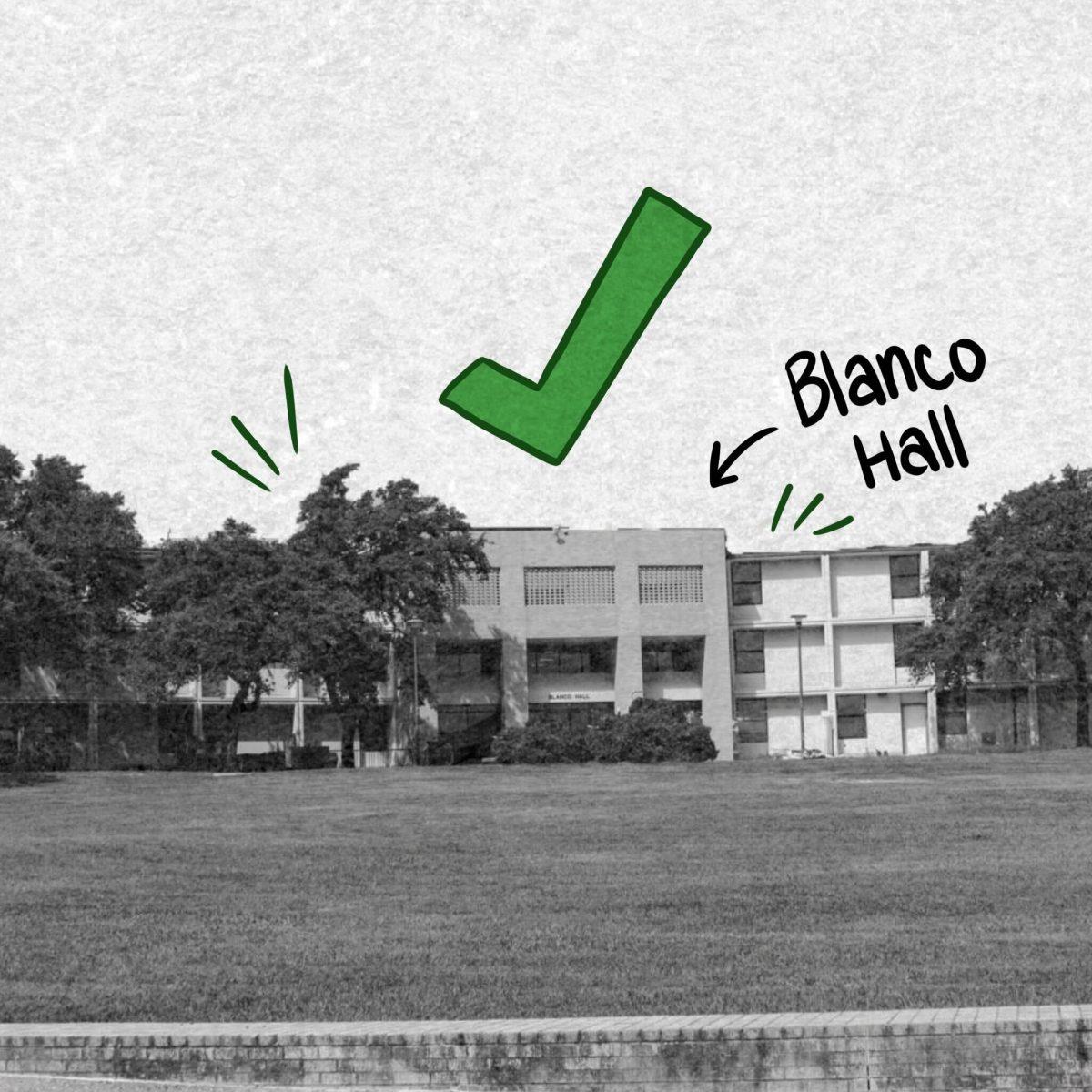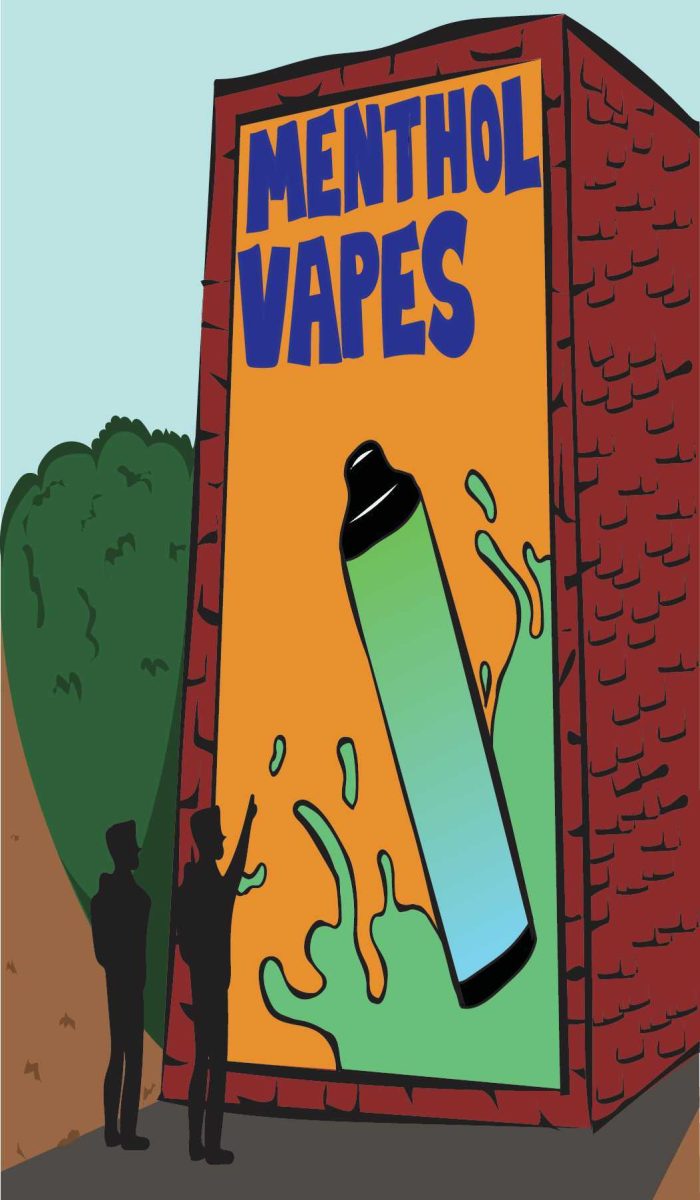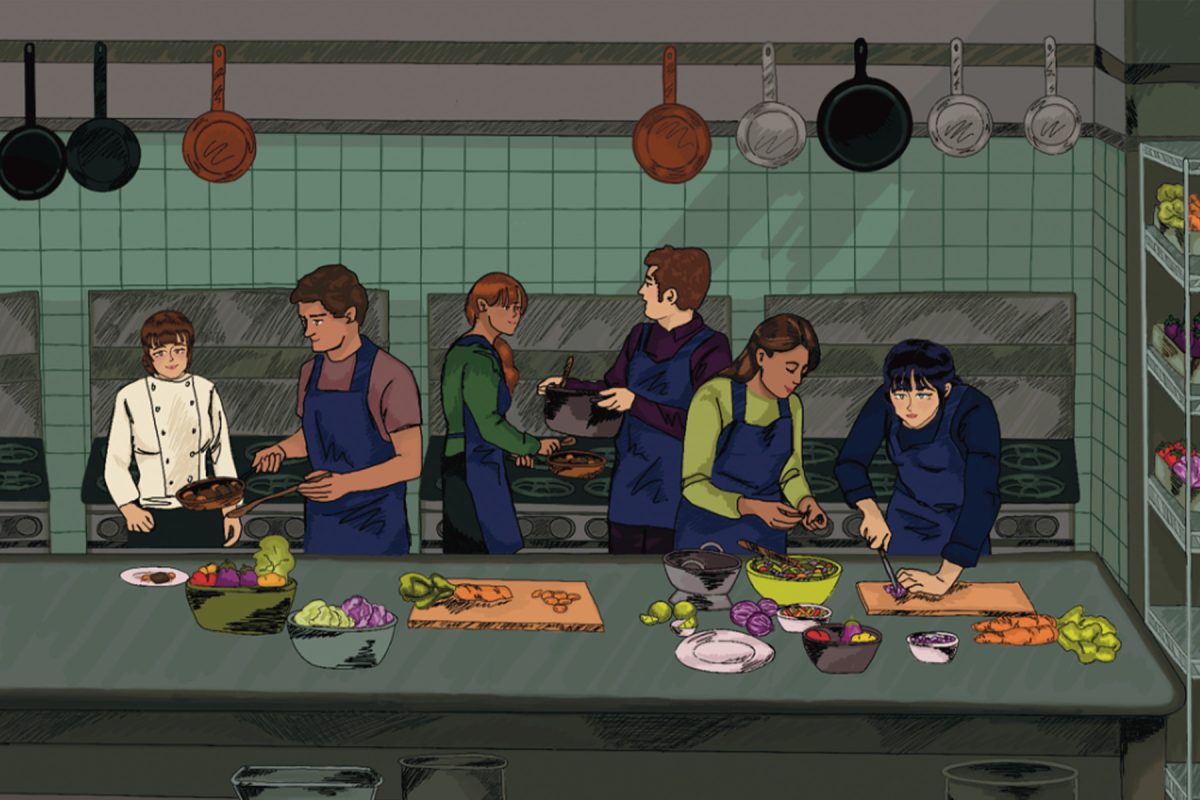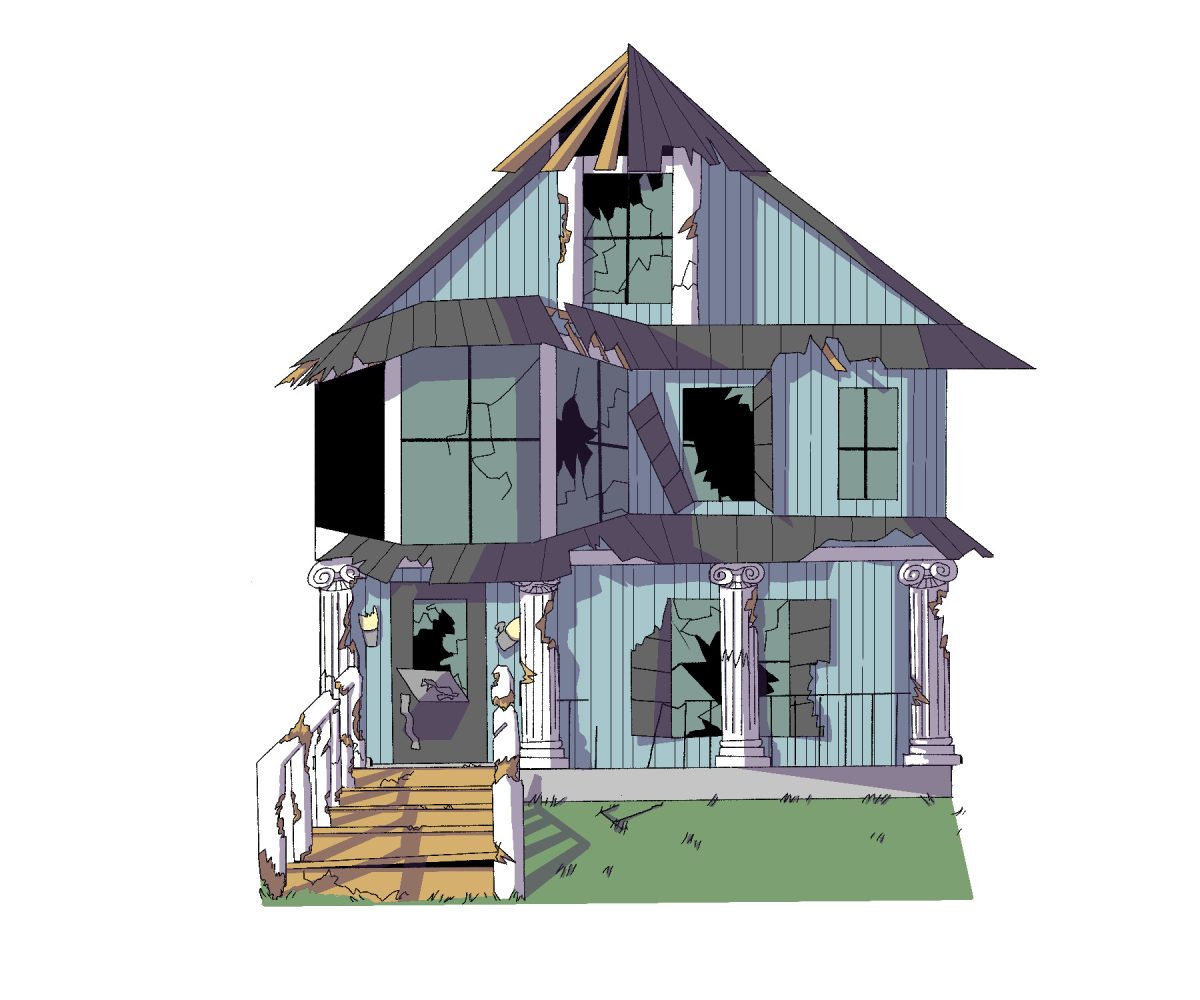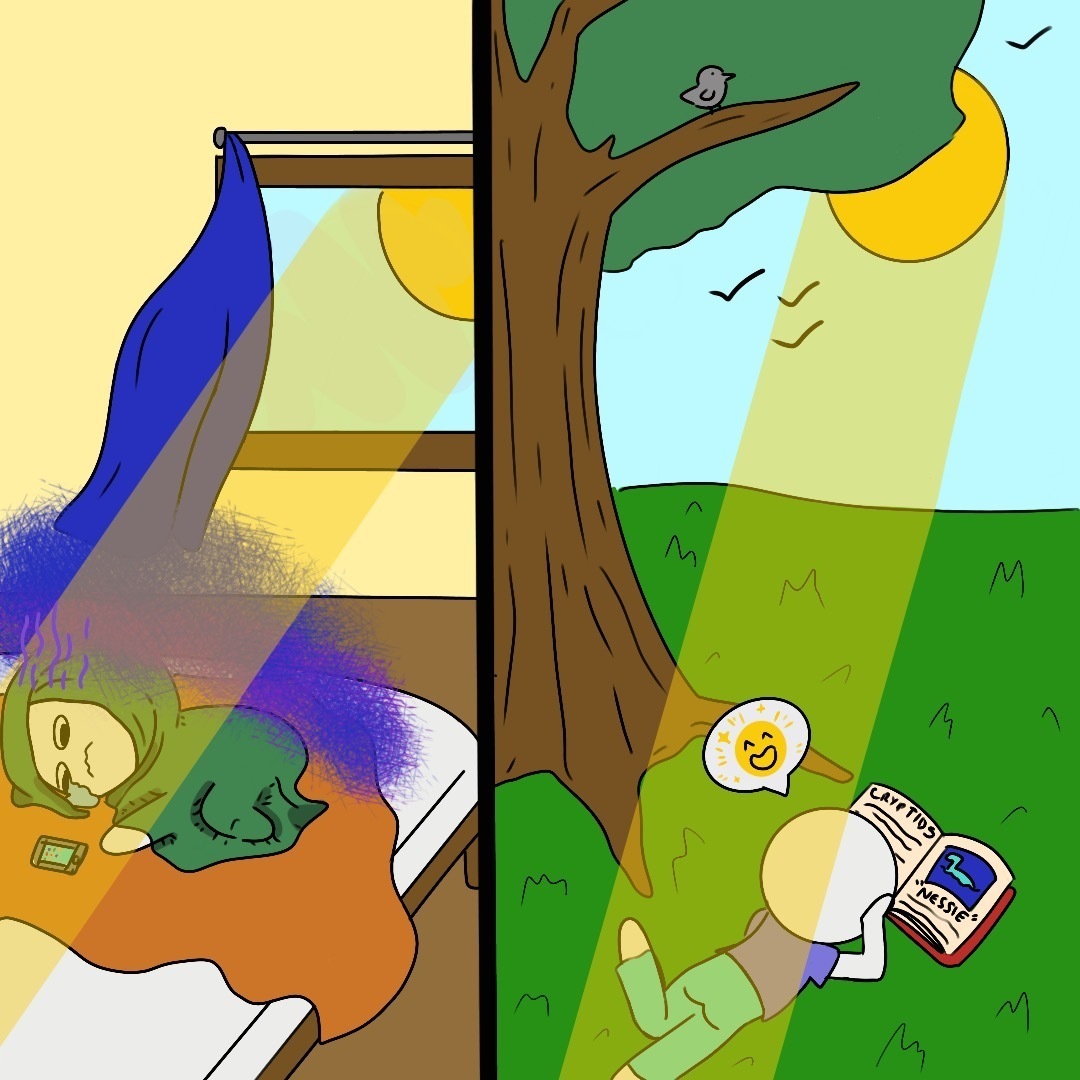In the fall semester of 2012, Texas State opened Gaillardia and Chautauqua Halls. Besides being a beautiful example of Spanish-style architecture, these halls have been officially given the Gold LEED certification by the United States Green Building Council for their environmental sustainability.
Texas State should replicate the success found in the two halls and move to make all housing on campus environmentally sustainable. Doing so would protect the local environment and create high-quality housing at lower costs.
Making housing at Texas State environmentally sustainable is reducing each dormitory’s electrical and water footprint.
Solar panels can be placed on the rooftops of each dormitory to provide cheap, renewable power. For example, the Little Rock, Arkansas, Veteran’s Administration Medical Center achieved complete solar power by creating a shaded parking lot using solar panels. We can generate additional solar energy by emulating it. This placement would provide clean, renewable energy to the dorms and benefit students by creating more shaded areas throughout campus.
In addition, solar energy would be able to keep Texas State buildings powered during winter storms like the one in 2021. According to a report from the Environment Texas research and policy center, solar energy could have supplied enough power to meet the shortfall in production during the freeze. Solar would allow university housing to remain powered should an incident like the freeze repeat itself.
Electricity-saving appliances can also reduce the electrical footprint within dorms. The Department of Energy states that LED lights use not only 75% less energy when opposed to standard lighting but also last twice as long. LEDs even have the option to dim their brightness, meaning that every student’s lights can fit their specific needs or preferences. Electrical lighting should not be on during the daytime; as long as each room has access to outside light, the sun can do the bulb’s job for no cost.
The next step would be reducing water consumption. This step is meaningful due to the fragile state of the San Marcos River. Besides being a significant point of pride for the San Marcos community, the San Marcos River is one of the most biologically diverse ecosystems in the southwestern U.S. However, due to the current drought, water levels of the San Marcos River have lowered. This extreme circumstance has highlighted the need to reduce water consumption to protect the local environment.
Texas State should ensure all water outlets, such as toilets, shower heads and faucets, are environmentally friendly to reduce each dormitory’s water footprint, which can be done by following the Enviornmental Protection Agency’s WaterSense program. The WaterSense label is given to water outlets that meet EPA’s specifications for water efficiency and performance. These items perform similarly to their non-environmentally friendly counterparts, except they use less water. In the case of shower heads, they reduce demands on water heaters, resulting in less water use and cheaper water bills.
Sustainable products benefit the environment and provide tangible benefits to students. Sustainable products are nearly always of a higher quality than non-sustainable products since they are designed to operate highly efficiently and last for an extended period, as in the case of WaterSense shower heads or LED light bulbs. Environmental sustainability means students can access better utilities that cost less in the long run.
There is one small snag with this green housing revolution, and that is the initial cost. The cost to replace all equipment would run several thousand dollars, with the most considerable costs coming from solar panels. This initial cost, however, is offset by the economic benefit of green housing and its far smaller operating costs. A real-life example of this effect is the Whisper Valley housing project.
Whisper Valley is an environmentally sustainable community located just northeast of Austin. The houses in this project are self-sufficient, with solar panels atop the roofs and heating from a network of underground geothermal vents. Besides doing a small part to help avert a globe-spanning environmental disaster, the benefits provided by this community are in each resident’s wallet. The self-sufficiency of the homes has resulted in residents paying far less on their energy bills. Residents of Whisper Valley stated not going over $50 any month in the summer in an interview with KXAN.
While Texas State is much larger than Whisper Valley, the university should still strive to make our housing just as environmentally friendly. If the changes were made, Texas State would protect the local environment and invest in high-quality housing for its future at a far more affordable cost.
-James Phillips is a history freshman
The University Star welcomes Letters to the Editor from its readers. All submissions are reviewed and considered by the Editor-in-Chief and Opinion Editor for publication. Not all letters are guaranteed for publication.
We need more sustainable student housing
November 12, 2022
Donate to The University Star
Your donation will support the student journalists of Texas State University. Your contribution will allow us to purchase equipment and cover our annual website hosting costs.











